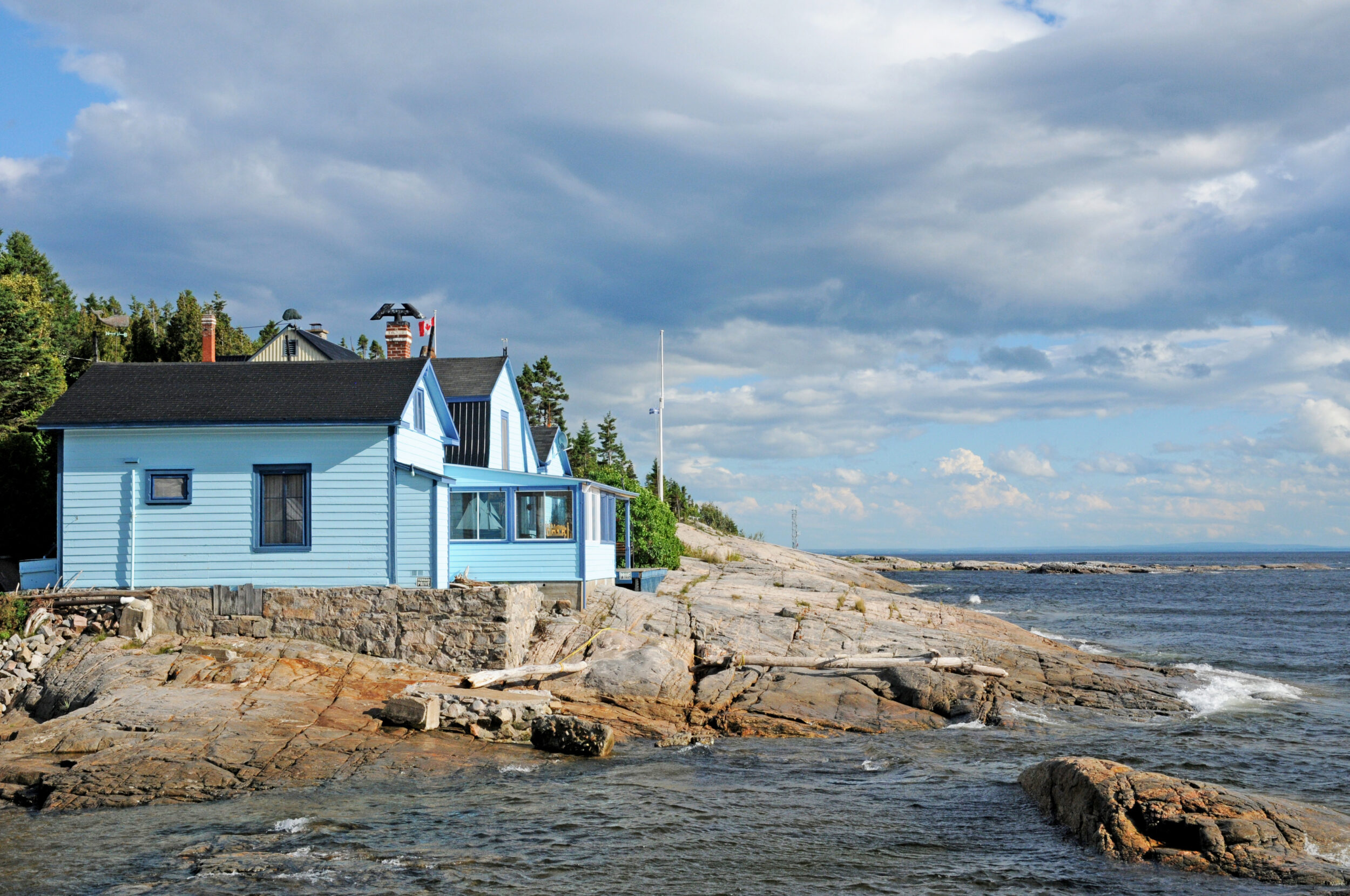Coastal areas have high economic value, particularly in the real estate market, but they are highly vulnerable to the effects of climate change. In the face of these hazards, private and public landowners deploy very different strategies.
This contradiction emerges from recent work by Dominic Lapointe, a researcher in the Department of Urban and Tourism Studies at the Université du Québec à Montréal. He analyzed the cases of Tadoussac and Notre-Dame-du-Portage, two popular destinations where waterfront property values are very high.
In addition to field observations, the research team conducted semi-structured interviews and analyzed the views of public and private land owners on climate change adaptation measures.
The findings show that land tenure has a major influence on the choice of adaptation methods. Private landowners choose reactive approaches that focus on built infrastructure. For example, some may build a protective wall after their property is hit by a particularly severe storm. The strategy generally consists of closing off private space to protect or even increase its market value. Decisions are made on a purely individual basis.
Conversely, managers of publicly owned land tend to consider green infrastructures. The town of Notre-Dame-du-Portage, for example, is relying on plant engineering and revegetation to protect two municipal parks. There is also a collective approach to the adaptation of public land, as demonstrated by the recent submission of the Dunes-de-Tadoussac national park project to the Bureau d’audiences publiques sur l’environnement (BAPE).
Dominic Lapointe’s work shows the importance of taking land tenure into account when discussing climate change adaptation strategies.
Reference:
Lapointe, D., Lebon, C., & Guillemard, A. (2020). Space in transformation: Public versus private climate change adaptation in peripheral coastal tourism areas—Case studies from Quebec, Canada. International Journal of Tourism Research, 22(2), 238-251.




